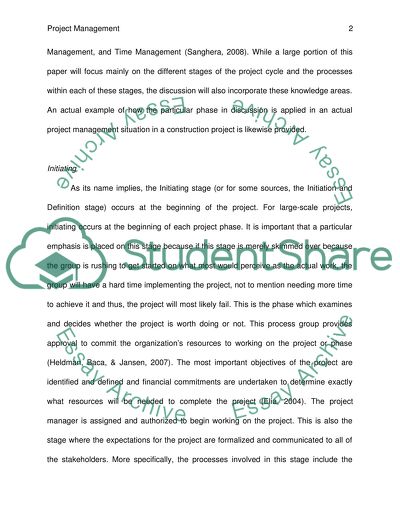Cite this document
(“Project Management Essay Example | Topics and Well Written Essays - 3750 words”, n.d.)
Retrieved from https://studentshare.org/environmental-studies/1405267-project-management
Retrieved from https://studentshare.org/environmental-studies/1405267-project-management
(Project Management Essay Example | Topics and Well Written Essays - 3750 Words)
https://studentshare.org/environmental-studies/1405267-project-management.
https://studentshare.org/environmental-studies/1405267-project-management.
“Project Management Essay Example | Topics and Well Written Essays - 3750 Words”, n.d. https://studentshare.org/environmental-studies/1405267-project-management.


